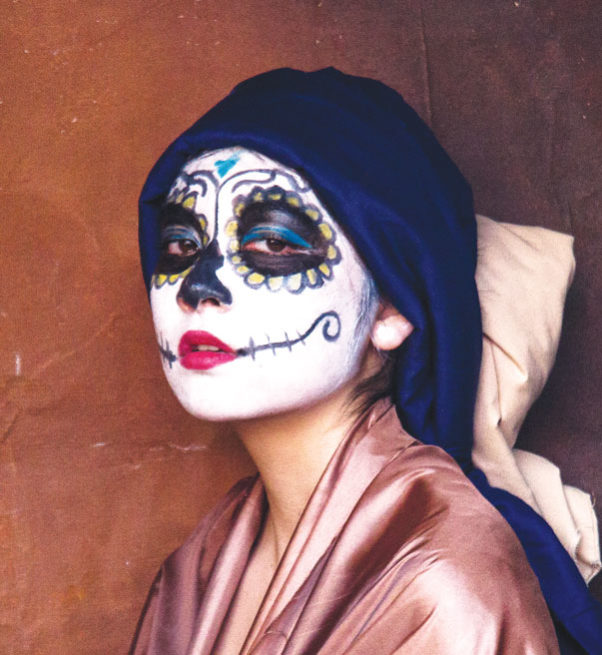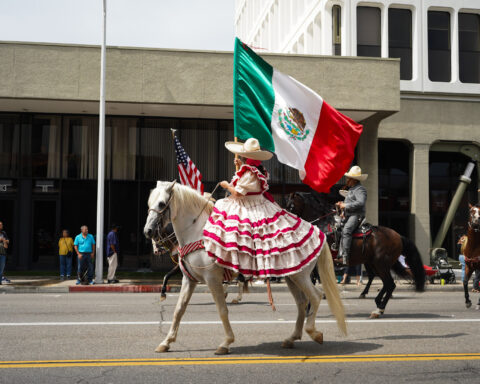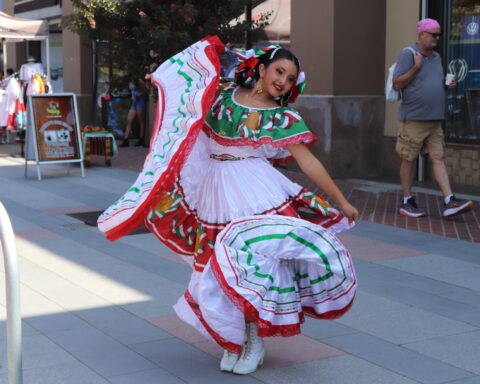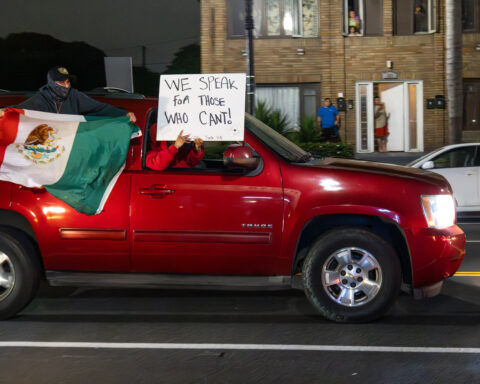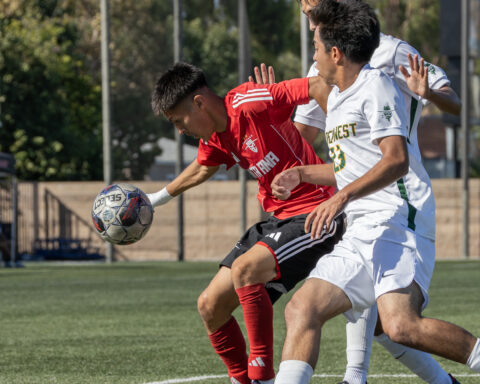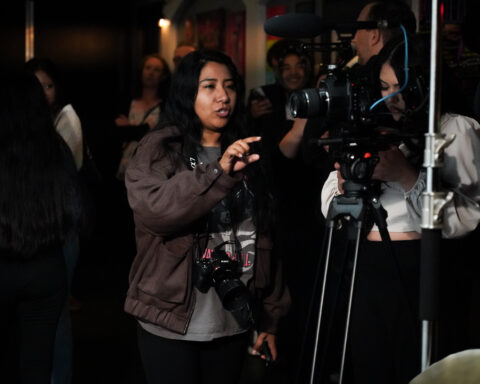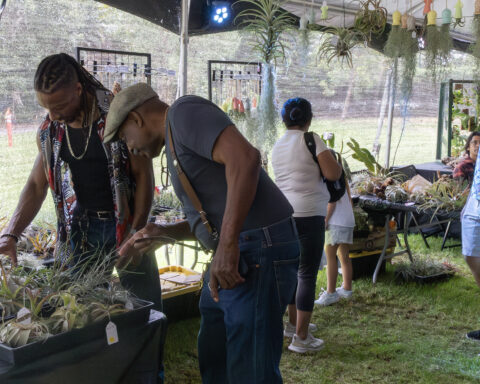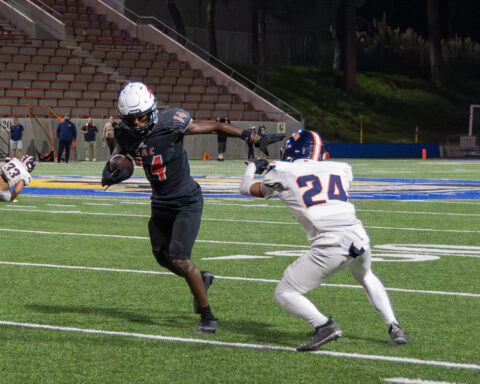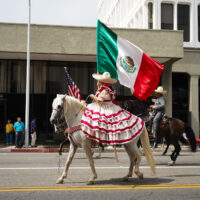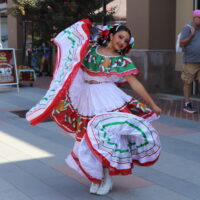By Gracia Sanchez
Guitars played hard as families danced harder. This was the rhythm for the night, as party-goers surrounded by skulls and altars celebrated life at last year’s Dia de los Muertos celebration at El Centro Cultural de Mexico in downtown Santa Ana.
Bright colors over powered the senses, illuminating and creating a unique environment for people to enjoy.
Kids wore costumes, and played as they ate traditional food like champurrado, tamales, hot chocolate and bread.
Others paid respect to their love ones, laying out coins, candles, food, drinks, pictures and flowers on their colorful altars.
Son jarocho, a musical style from Veracruz was one of the different Latin sounds played during the celebration.
El Centro is going to be celebrating Day of the Dead again with their Noche de Altares in Downtown Santa Ana on Nov. 7 at Fourth and Birch St.
“We celebrate this event to honor our ancestors and the tradition of setting up an altar and sharing food and drinks in remembrance of a loved one that’s passed away,” Jose Hernandez, an administrator of El Centro Cultural, said.
This is a tradition that Central American cultures celebrate, but mostly in Mexico, where the tradition originated, in order to remember their family members who have passed on.
“We need to remember that the Day of the Dead was not originally about creating a massive event, it was about being with family at home, and with your loved ones who return on this night, to partake in the food and drink you had provided for them,” Angelina Veyna, a history professor from Santa Ana College said.
The origin of El Dia de los Muertos comes from Pre-Hispanic indigenous Aztec rituals, Catholicism and medieval European rituals practice.
“It is about creativity, it is about prayer, it is about bonding with those dead and alive, and it is about keeping rituals together, rituals that feed our own souls,” Veyna said.
“It means we remember where we came from and honor our Mesoamerican heritage of remembering our deceased loved ones,” Hernandez said.
This celebration has spread into the U.S. and it attracts celebrants from different ethnicities.
People from many cultures enjoy and appreciate this event as a way to know about the Latin-American culture.
- Here’s what’s inside el Don’s 2025 spring issue - May 28, 2025
- Ash’s Opinions – Column – ACP Entry - May 22, 2025
- Nico’s Film Notes – 1G Column – ACP Entry - May 22, 2025


